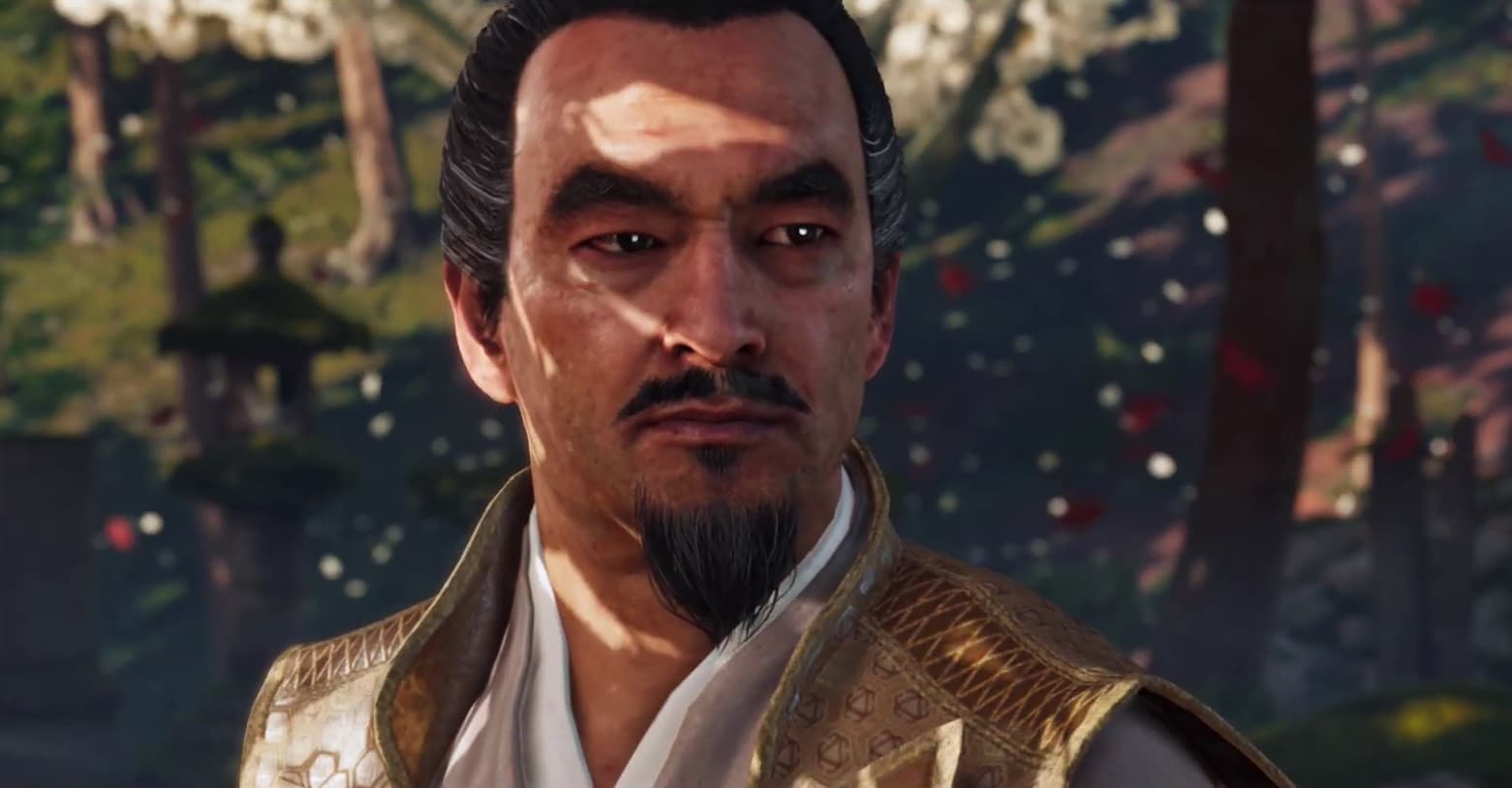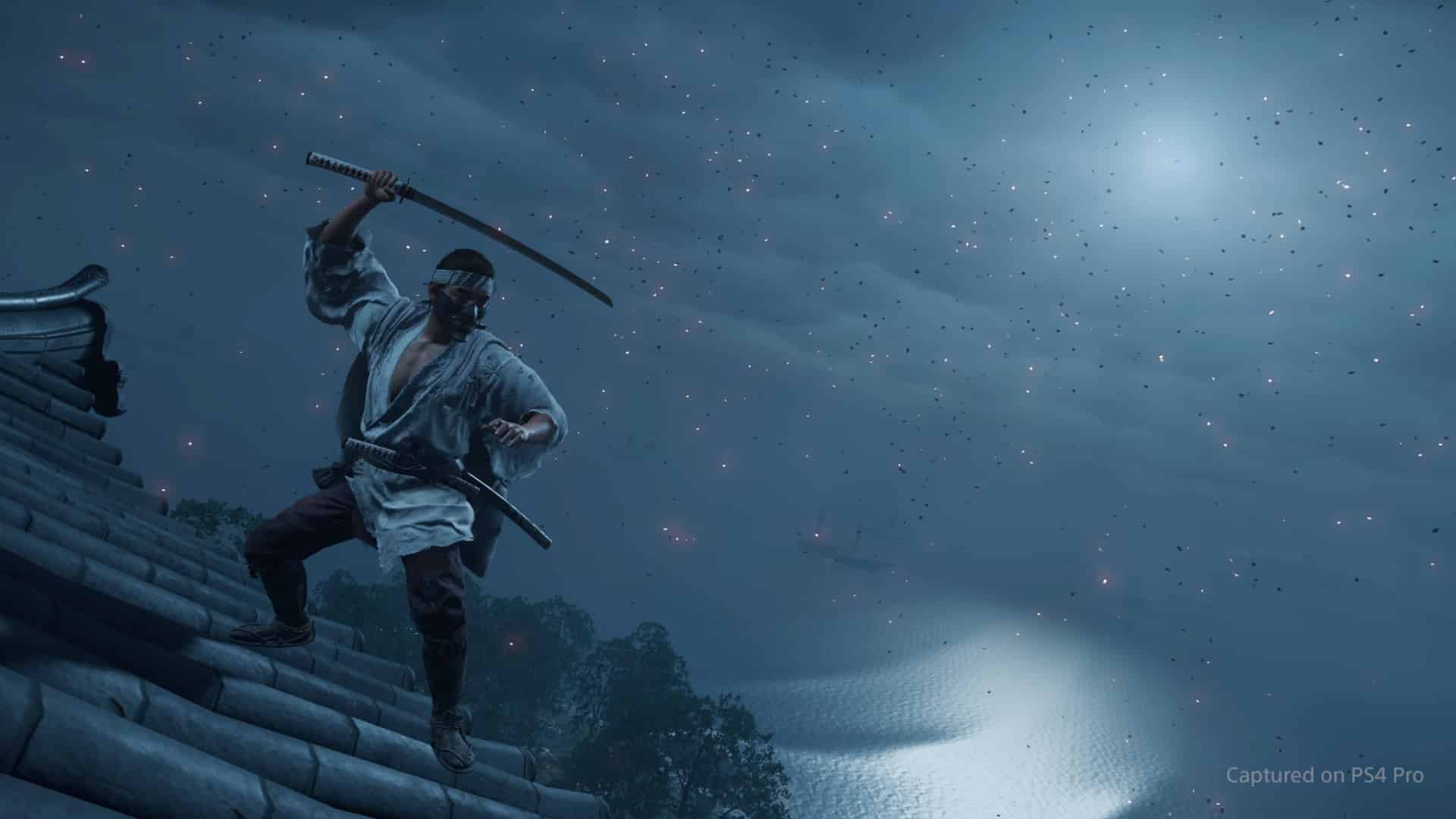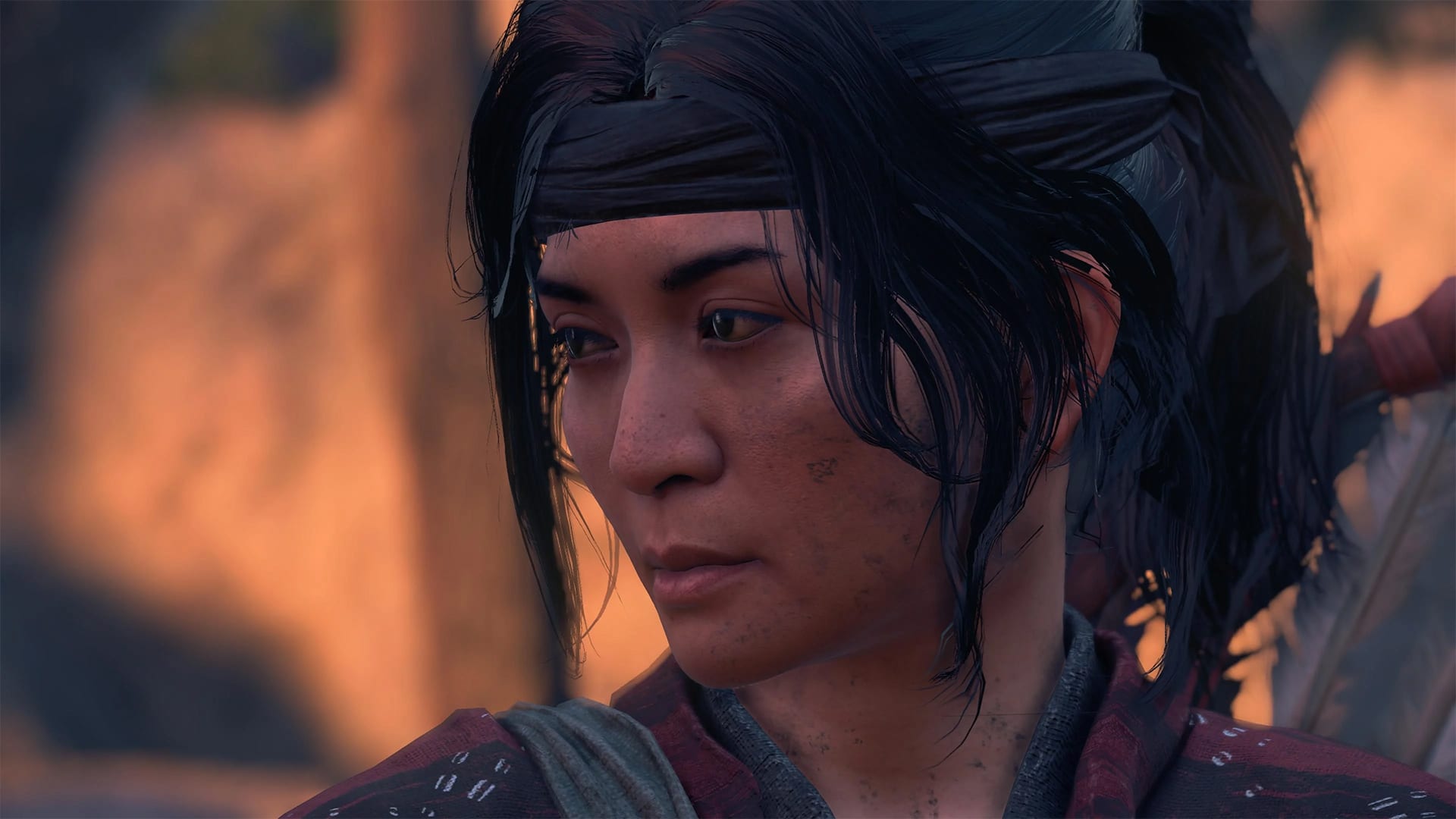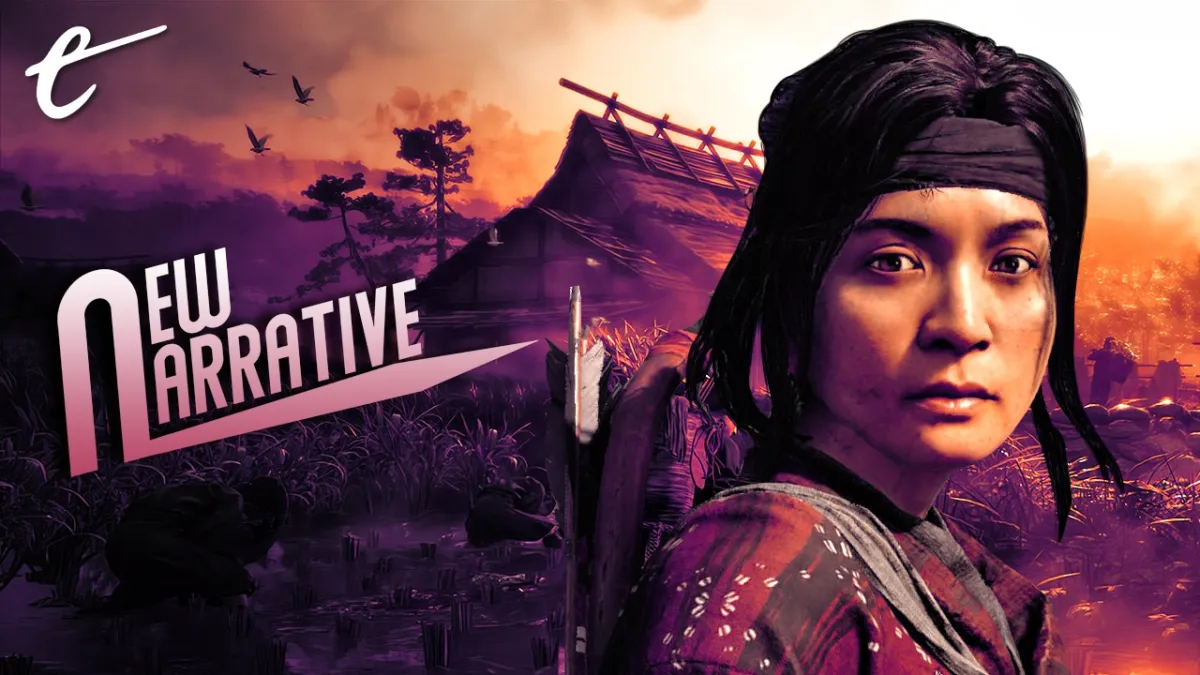This discussion of Ghost of Tsushima, social class, and samurai privilege versus stealth practicality contains only early-game spoilers.
Ghost of Tsushima is a beautiful game about an ugly time in Japan’s history. Tsushima and the neighboring Iki Island were the first to be invaded by the Mongols in 1274 and, despite putting up significant resistance, were eventually overrun by superior numbers and weaponry. Signs of conquest and resistance are everywhere in Ghost of Tsushima’s open world: ransacked villages, burning dojos, bodies locked into pillories or left lying by the roadside, refugees crammed into temples. For all the soft Ukiyo-e-inspired textures of its autumnal trees, the swaying pampas grass, and the teeming wildlife, it’s a grim world of cruel military occupation.
It’s a world that should have little time for the samurai code of honor, the ethical system that would later evolve into Bushidō, a collection of attitudes, behaviors, and lifestyles that emphasize values like sincerity, loyalty, and compassion. When we think of the samurai in the West, it is likely that we think of Bushidō values. The image of a male warrior, dressed in kataginu and hakama and trained from childhood to selflessly wield his katana with steely discipline in honorable combat, is ingrained by the likes of Akira Kurosawa’s venerated Seven Samurai.
Despite the brutalities of the Mongol occupation, there is a large part of Ghost of Tsushima that plays to the Bushidō stereotype. Protagonist Jin Sakai is trained by his uncle from adolescence in the ways of the samurai, taught to put honor, courage, and fair combat above all else. Many enemies can be challenged to a stand-off, where a single well-timed strike will defeat them and where later-game upgrades allow for this technique to be chained into successive strikes against multiple enemies. The image of Jin striding into a Mongol camp or amongst a group of bandits to challenge them to single combat can be as frequent as the player chooses.

It’s a deeply satisfying power fantasy, made more so by tight controls and the subtlety of PlayStation 5’s DualSense haptic feedback, but it’s not the player’s only option. The antithesis of the samurai play style is the ghost, a stealth-based approach that favors sneaking and covert assassination aided by tools like smoke bombs and wind chimes to stun, distract, and confuse enemies.
Given the realities of the Mongol occupation, the ghost play style is far more plausible than its samurai counterpart. Indeed, when Jin is initially inducted into this approach, it is because the risks of a frontal assault are too great: Jin must attack a prison camp, but the Mongols have been seen executing their prisoners at the first sign of trouble. Jin is forced to go against his moral code for the greater benefit of innocent civilians.
It’s a curious juxtaposition of duty ethics and utilitarianism, and it doesn’t work entirely seamlessly within the narrative. After some posturing and protestation, Jin eventually assassinates a man in a sequence that reminded me of Tomb Raider’s (2013) infamously awkward first kill. Just as Lara Croft was visibly traumatized and sickened by her actions, only to go on to murder dozens more people with nary a second thought shortly after, so Jin is visibly disgusted with himself, only to go on to covertly clear out dozens of encampments, should the player choose the ghost play style.
Yet despite its clumsy delivery, the ghost play style in Ghost of Tsushima makes for a subtly powerful thematic tool. It’s a subversion of the samurai trope not only in terms of gameplay, but more broadly in terms of what that trope represents. As a Westerner with a poor education in Japanese history and culture, I find it easy to view the samurai simply as a kind of warrior particularly dedicated to his profession. However, the reality is much more complex.

As Marius Jansen explains in The Making of Modern Japan, the samurai comprised a highly complex system of upper and lower class social groupings. In later centuries — after the cessation of most of Japan’s internal and external military conflict — the upper-class samurai became a gentrified stratum of Japanese society that was roughly comparable to Western nobility. But even in earlier centuries, they constituted a varied social hierarchy.
By giving Jin the option to reject the way of the samurai that he was brought up into as a member of Japanese nobility, Ghost of Tsushima highlights the privilege of his social class. Jin’s talk of maintaining honor and sparing an informant, for example, can seem like an indulgence divorced from reality when faced with a mother who has lost her entire family to betrayal. It might be a few hundred years too early – Jansen argues that the samurai did not start to lose their relevance as a military force until the 17th and 18th centuries – but it is at times a scathing indictment of the privileges afforded by high social class.
It is rarely more of an indictment than in the game’s choice of deuteragonist Yuna. It cannot be an accident that she is the one Jin learns the ghost method from. A low-born peasant who had no choice but to resort to subterfuge and thievery – Yuna’s class, her lack of family support, and her gender leave her no room to play with notions of honor, duty, or principle. In fact, there is a sense in which she is forced to pay for the luxury of Jin’s indulgence in these values.

At the start of the game, Yuna is found nursing Jin back to health after he is seriously wounded attempting to confront the Mongol leader in single combat, only to be shot in the back with multiple arrows. A short time later, when Jin chides Yuna for exchanging his katana for medicine, she implies that she had no other means of helping him.
Of course, none of this is to say that Ghost of Tsushima is some kind of radical, in-depth treatise of class, social divisions, or inequalities. The fantasy Ghost of Tsushima offers is just as much about amassing trinkets and armors, or having poor country folk bow to Jin as a noble savior, as it is about questioning how much relevance the values taught in privilege have in times of hardship. But it is when Ghost of Tsushima allows itself these questions that, narratively at least, it is at its most interesting and daring.






Published: Oct 6, 2021 11:00 am